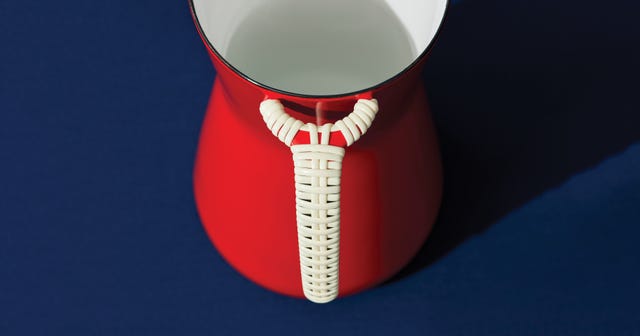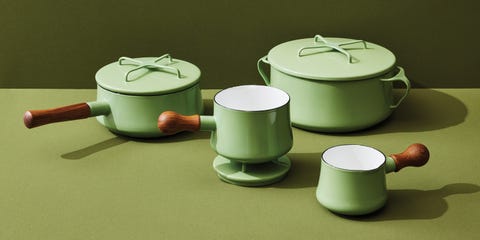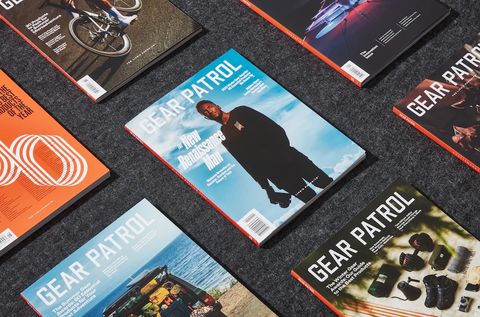“What I particularly appreciate about Dansk’s early designs was that [they] had that minimalism that I think we associate with Danish design but also a kind of willingness to dare,” says Amanda Hesser, cofounder and CEO of Food52. “They’re utilitarian pieces that feel aesthetically pleasing that have some whim or have memorable details.”
Dansk’s tapered flatware, colorful enameled pots and wooden salad bowls have found their way into people’s homes since the 1950s. And while its origins are decidedly Danish, its reach is global — and never more so than today. “There’s a lot of nostalgia for the designs,” Hesser says. “They really bring back childhood memories.”
Dansk was created by Americans Ted and Martha Nierenberg, who hired Danish designer Jens Quistgaard to design a line of cutlery fashioned from stainless steel and teak. It was an instant hit, with a 1958 article in The New York Times calling the pieces “some of the most popular accessories found in American homes.”
In 2021, Dansk found new ownership in an acquisition by Food52, which had by that point already been selling Dansk wares for years. “[The acquisition] was this great opportunity we felt like to not only preserve this brand that had developed incredible loyalty ... but actually to take its essence and make it accessible to more people,” Hesser says.
A large part of the revival is sorting through and digitizing multiple Dansk archives around the world. The brand has an archive of product drawings and catalogs located in Portland, Oregon — managed by the team at Schoolhouse (another home goods brand acquired by Food52) — as well Quistgaard’s own designs and prototypes housed in his daughter’s attic in Denmark.
Under Food52, discontinued Dansk pieces that for many years could only be found during lucky trips to a vintage shop will be reissued. For its first archival release, the company reissued a wrapped-handle water pitcher from Dansk’s Købenstyle line, one of the most popular and iconic collections, known for its colorful enameled cookware. The pitcher sold out within 24 hours. Twice. And its second release was met with a waiting list of over 1,500 people.
Although Dansk is known for cookware and tableware, the brand has ventured into other areas of home goods in the past, and Hesser hopes to continue in this direction by collaborating on new products with internationally known designers who typically work with jewelry, textiles, ceramics or other media. This year, the brand released two new Købenstyle colors, black and moss, and expects to have a third pitcher restock in early 2023 alongside a pepper mill originally designed by Quistgaard.
“There’s more for us to bring back than we would have time for,” Hesser says. “Our plan is to really make each archival release like a real celebration of the brand and the chance to tell the story about that particular product.”
Although Dansk’s aesthetic hinges on functionality and clean design, its pieces often feel like art, which may be why it's built a decades-long community following.
“What makes Dansk so great is that the designs are very design-forward, while also being incredibly practical and useful,” Hesser says. “They really made people think differently about a salad bowl. You could feel the care that was put into every design.”




















